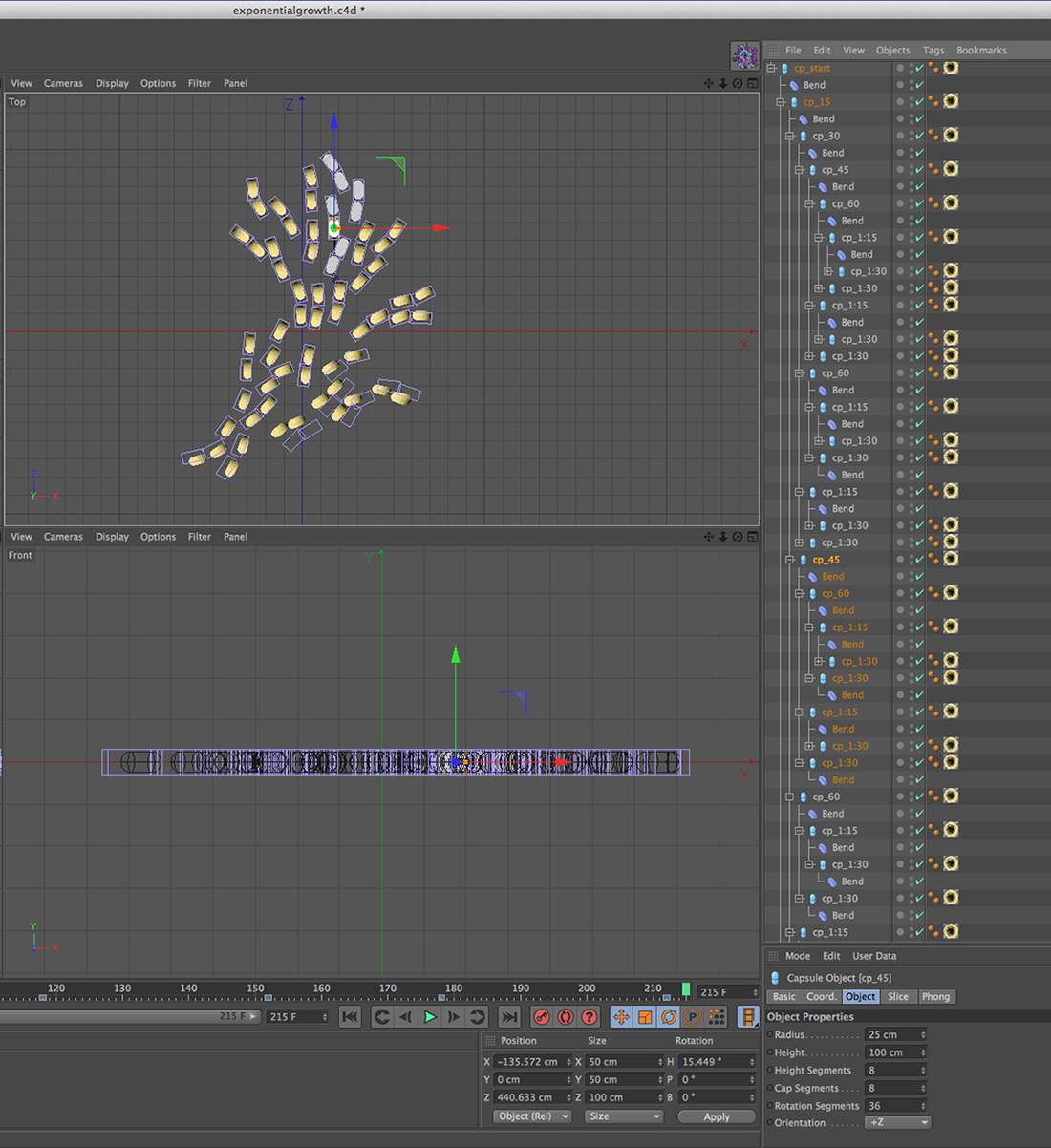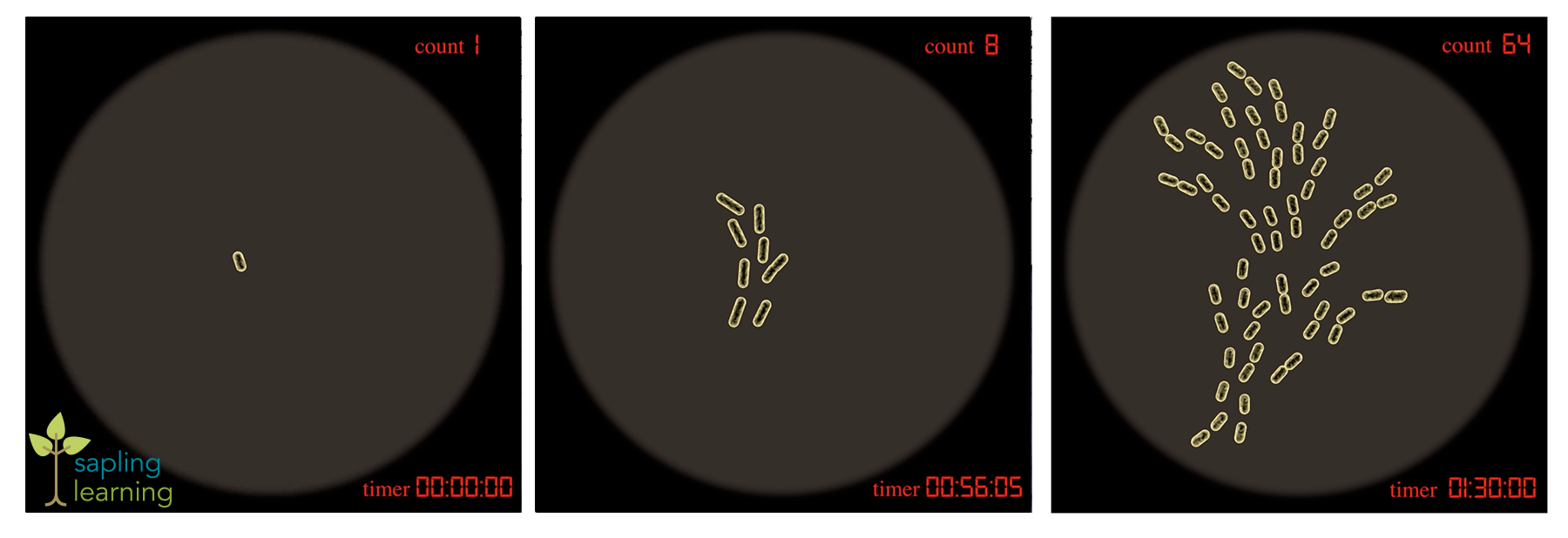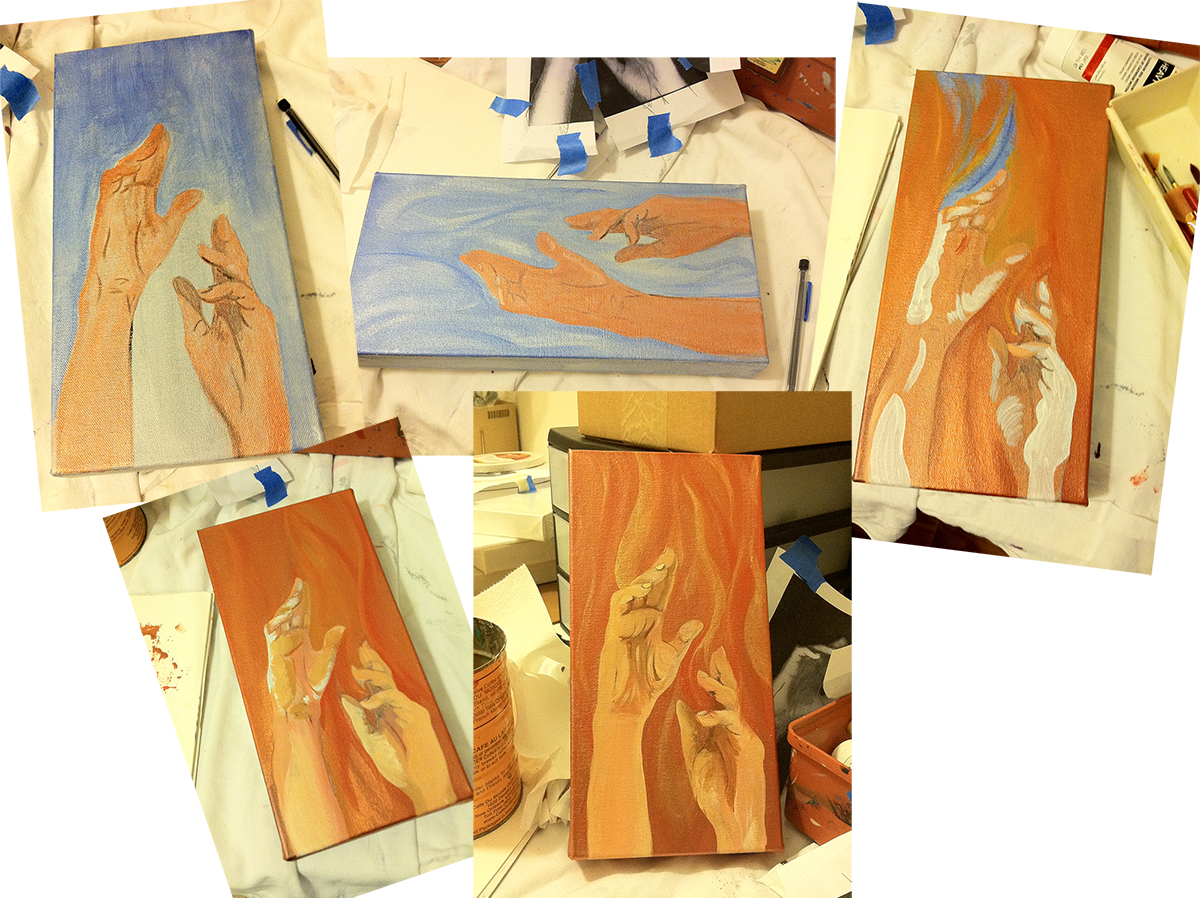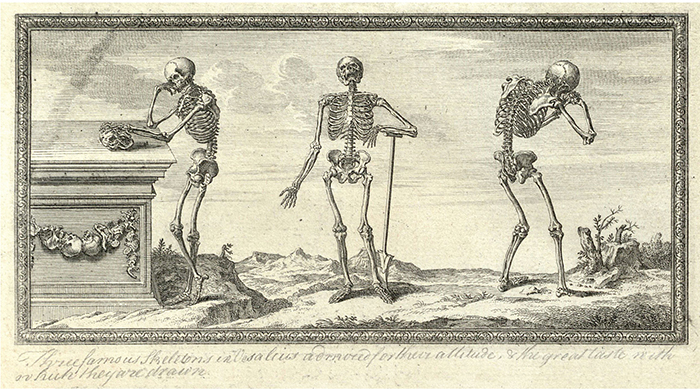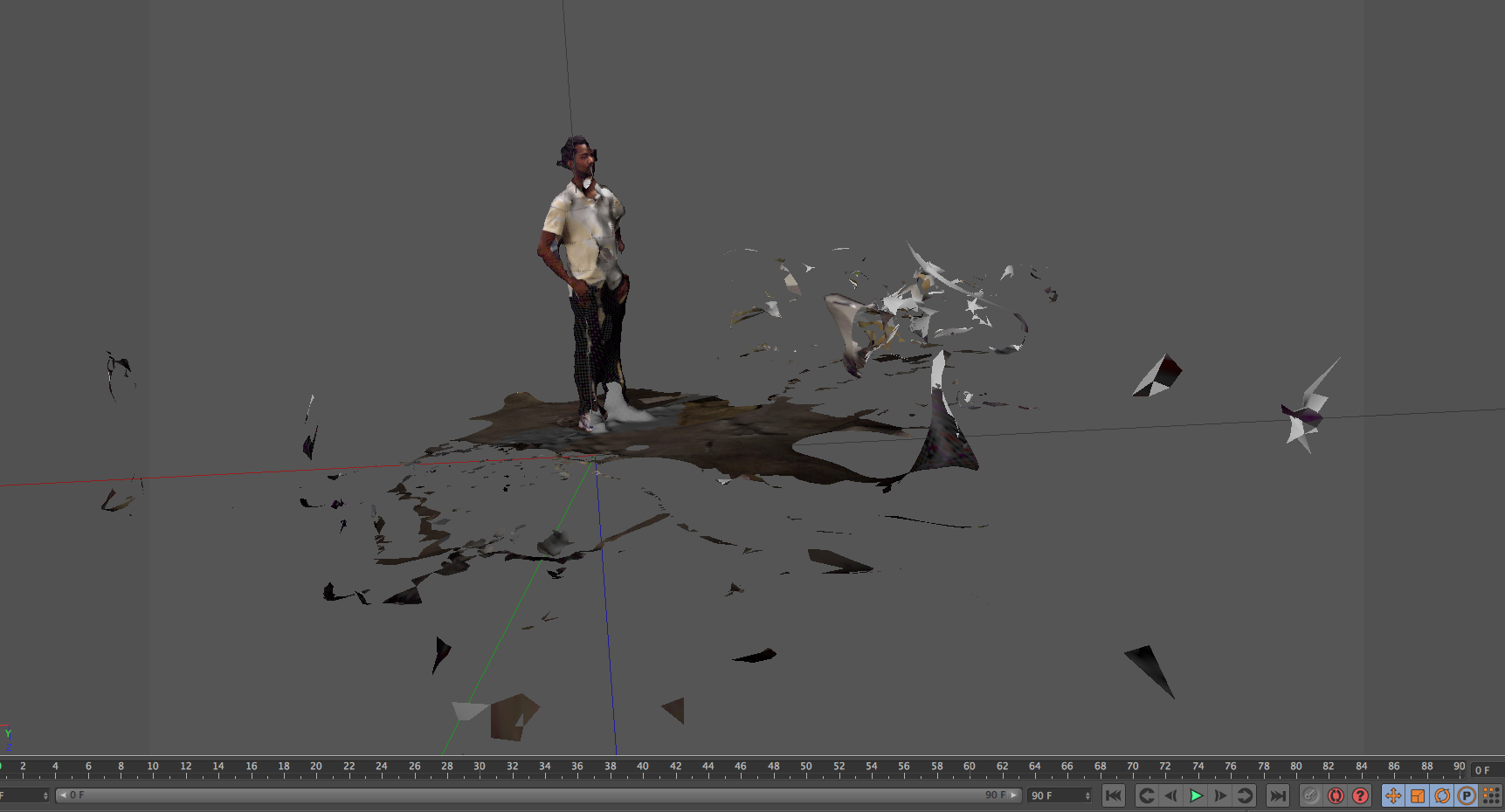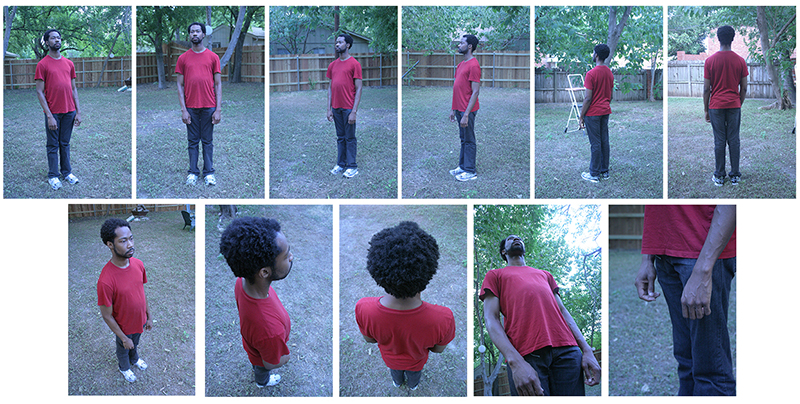Canine Heartworm (Rocky’s Big Fight)
So, I knew from the beginning that Rocky had tested positive for heartworms. He has been taking doxycycline to reduce the size of the worms for about a month now, as well as a preventative to keep him from getting any more, and on January 8th, we start the big scary part of the treatment, where he is injected with a drug containing arsenic into his back muscles near the heart to kill the now weakened worms.
The whole procedure sounds just awful for a dog to go through. He’ll be sick for weeks, and have to be kept calm for more than a month to prevent his heart rate from elevating and pumping too many of the dying worms into the pulmonary artery at once and blocking blood flow.
The standard treatment seems to be one injection into one side of a dogs back on one day and then a second injection the next day into the other side of their back. Then the dog has to be kept calm (often crated) for the following 4-6 weeks. There is also an option to spread out some of the treatment by doing one injection, and then doing the two day sequence one month later. This is generally considered safer because it decreases the amount of worms breaking up in the heart at one time. But I have to question if it takes into account the danger of extending the time frame by a whole month that the dog can die from over excitement.
Some experts default to the 2 injection plan, only extending the treatment in severe cases. Others, seem to feel like the 3 injection plan is always better because of the reduced volume going into the pulmonary artery at any single time. To be honest, I’ve seen conflicting advice about the antibiotic portion of the treatment as well, and what can be done to assess the severity of the case. I thought that this chart was helpful for looking at the basic symptoms that can be observed in the dog without any further testing.
I found that through the following link, which has a lot of good information.
http://www.heartwormsociety.org/pet-owner-resources/canine-heartworm.html
According to that, Rocky should be in pretty good shape and do well without spending an extra month cooped up and sick. When I spoke to his vet about how healthy he seemed running around over Christmas out in the country, he said I’d *probably* be okay, and that the last thing he’d want to do is kill my dog. So of course I’ve been studying up since then. And I even made an appointment at a nearby emergency clinic for another blood test, which I hope isn’t offensive to the vet I’m working with, but their test was showing me elevated eosiniphils, and I think that I should be able to get some kind of count regarding larvae in the blood itself. It’s still not a perfect view of how bad off he is, but I feel like it’s a diagnostic tool I’d like to factor into the 2 vs 3 injection decision.
Anyway, in all of my frustration to get good information, I wanted to go ahead and post as much as I’ve come to understand so far, and let anyone else looking know that the American Heartworm Society has really been the best source of information on the internet that I’ve found so far.
http://www.heartwormsociety.org/veterinary-resources/canine-guidelines.html
The Camino Animal Clinic has good information too and also a nice illustration of the heartworm cycle, and map of where heartworm is most prevalent in the United States. It’s no surprise to see Austin, TX looking awfully red in that map.
http://www.caminoanimalclinic.com/canine-heartworm-disease/
With all of the really vague information and conflicting advice out there, I can’t be the only one trying to pick out the better sources out there.
Area and Volume of a Cube
Just a nice little math visualization that I made in Cinema4D and recently posted to YouTube
Rocky
I started to post something tonight, but had a moment of doubt about my terminology. So instead, I’m now deleting that and taking a personal moment to show off my awesome new dog named Rocky.
He’s a shelter rescue mutt, part welsh corgi and part pit bull they say. If you’ve ever doubted the significance of genetics, just look at dogs. They come in such a variety of sizes and shapes, and good portion of those moves have been intentional on the part of humans. It’s a weird deal. But I sure am glad to meet this guy.
Live Drawing
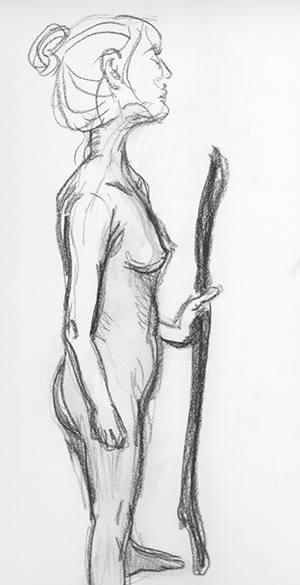 Last Thursday I attended a live drawing session. For as much time as I’ve spent focused on the human form in art, I really haven’t had a lot of practice doing this. It’s a really good exercise. And maybe if I spend a little more time working at it, I’ll get better at it. This one was my charcoal sketch, which was fun to play with and I think looked better than my pencil sketches, but I think that I may have gotten more out of my pencil sketches as an exercise. Next time, I’m thinking of taking my Super Sculpey in and seeing how far I can get with a sculpture during the longer poses. Having a live model there, affords the opportunity to even get up and walk around a bit, so it’s kind of perfect for that. Then again, there’s a reason that this is such a time honored tradition, and maybe I should give myself a little more time working in pencil or getting more familiar with charcoal before I go and change the dynamic to 3D.
Last Thursday I attended a live drawing session. For as much time as I’ve spent focused on the human form in art, I really haven’t had a lot of practice doing this. It’s a really good exercise. And maybe if I spend a little more time working at it, I’ll get better at it. This one was my charcoal sketch, which was fun to play with and I think looked better than my pencil sketches, but I think that I may have gotten more out of my pencil sketches as an exercise. Next time, I’m thinking of taking my Super Sculpey in and seeing how far I can get with a sculpture during the longer poses. Having a live model there, affords the opportunity to even get up and walk around a bit, so it’s kind of perfect for that. Then again, there’s a reason that this is such a time honored tradition, and maybe I should give myself a little more time working in pencil or getting more familiar with charcoal before I go and change the dynamic to 3D.
However I wind up working next time, I’m really happy to have found this place. My coworker, Alex, told me about it. With all our work being so digital day in and day out, it seems especially nice that she and I were able to steal away a few hours to sit and work from a model in traditional physical mediums. No pixels, no lines of code, no software glitches, just making marks on paper.
What If (some thoughts before bed on data collection and marketing algorithms as a means of diagnosis)
Last week I received a free sample of baby formula in the mail. This week, the National Opinion Network’s Infant Division (I didn’t even make that title up, I swear) sent me a survey and says that they “value my experience as a parent.” My best guess is that those diapers I bought on Amazon for a friend’s new baby have added me to the list of likely moms, and that I will be getting a first hand view at the kind of marketing that expectant mothers are bombarded with. It’s kind of funny. I am not now a parent, nor have I ever even had so much as a big pregnancy scare.
Tonight, a friend sent me this Forbes article in response to my recent misguided marketing attention.
http://www.forbes.com/sites/kashmirhill/2012/02/16/how-target-figured-out-a-teen-girl-was-pregnant-before-her-father-did/
And I have to say, as irritated as I am having my personal shopping sold to all these companies, I would be so much more so if I actually was pregnant and hadn’t chosen to tell people yet. And then I got to thinking, what if all this marketing data analysis gets so good that they start predicting pregnancies by even smaller cues, even before a woman knows herself that she is pregnant? What if they started catching on to trends in all kinds of health situations? What if one’s shopping habits became a mechanism for diagnosing disease? We may not be there now, but it’s not exactly an impossible thought. As people move away from cash and further into more documented exchanges, what’s to say we won’t start noticing that people crave certain types of foods or spices when they are developing tumors or when their kidneys are beginning to fail.
My general tendency is to be frustrated with the level of monitoring that goes on in our day to day lives. What we read online, what we purchase with a card, where our phones text and call from, what we say in those calls and texts or in emails, when we pass through toll roads, or sit at stop lights with cameras…. The list goes on. But then sometimes I start to think that for all this privacy lost, perhaps we will start learning some really interesting things. My inner cynic is certain that insurance companies will have a field day with that kind of information before individuals get to do much with it, but I also think that there is a great market for helping people to understand themselves better. And while the idea of discovering a health condition through one’s shopping patterns seems a little weird, and frankly unideal, I mean my goodness consumer companies don’t do HIPAA, maybe these sorts of observed patterns will someday lead to better advanced indications for health concerns. I guess time will tell.
And in the meantime, I will try to remain amused with my new mistaken parental identity, and not waste too much time shaking my fists over having my information sold to such lists. And think of the old Shel Silverstein poem which begins, “Last night, while I lay thinking here, Some Whatifs crawled inside my ear, And pranced and partied all night long, And sang their same old Whatif song…”
**EDIT** I just had to add in these bits about Google predicting flu outbreaks based on web searches coming from various areas…
http://www.advisory.com/Daily-Briefing/2012/01/13/Google-flu
http://www.google.org/flutrends/about/how.html
Jack
Tonight I carved a jack-o-lantern for the first time in years. He’s just a little guy, but he’s perfect for my little porch in front of my little house. This is a good tradition we have here.
Showing Exponential Growth in Bacteria
So I got an interesting request from the math department at Sapling Learning about a week ago. We wanted to show the concept of exponential growth, using bacteria as the example. So one bacterium divides into two and they each divide into two and so on. We decided to take this through six generations landing us with 64 bacteria on screen by the end of it.
So the catch was, how to move 64 bacteria around as one, and then as two with an equal number of divisions nested inside and then as 4, each with an equal number of divisions inside, and then as 8 and so on. So I got a little complicated with my object hierarchy for this one.
So I had one called cp_start, short for clostridium perfringens (a bacterium capable of reproducing at the 15 minute generation cycle that we wanted for the example) with a bend object on it. And then nested within that one was a duplicate called cp_15, another called cp_30, cp_45, cp_60, cp_115, and cp130, to represent the ones that would branch divide off at the 15 minute, 30 minute, 45 minute, hour, hour 15, and hour thirty points from that one, all with their own bend objects. Then within each of those I had further duplicates that would still occur from each of those. Within cp_45 there was cp_60, cp_115, and cp_130, but cp_60 would only have cp_115 and cp_130. And then so on with each bacterium.
In the end it worked out, and the extra arranging effort was well worth it as the sprawl pattern of bacteria had to be adjusted after the first time. My first attempt had them all more compactly arranged, but one of our biology experts explained that bacteria could only continue a regular exponential growth cycle if they were able to get to more food. If I hadn’t had them nested like this, it would have been incredibly hard to go back and make them disperse further.
I added the timer and count in After Effects. The whole thing plays at a sped up pace, showing one minute per second of animation. And I think it looks good. I hope that we get to use it for biology content someday as well as for the math example now.
Playing With Paint Again
I am finally starting to settle into the new studio space at my new place. Been playing around a little bit lately with hands. Nothing is finished yet, but I thought I’d go ahead and share the work in progress so far. I think it’s coming along.
New York Event – Morbid Anatomy
This October, the New York Academy of Medicine is offering a festival on Medical History and Arts
More information can be found here…
http://morbidanatomy.blogspot.co.uk/2013/09/new-york-academy-of-medicine-festival.html
Many of you who read here are also familiar with Morbid Anatomy. They along with Lawrence Weschler are co-curating this event. Sounds worth checking out!
3D from 2D
My plan to get a full figure out of 123d Catch has so far fallen flat. My efforts seem to alternate between mostly outright failures sprinkled with unusable results.
I think that the best capture we got was in the office lunch room, using the iPad. As you can see, we still got a lot of scatter from the surrounding room. And it’s harder to see in this image, but you can tell that there was a tiny bit of movement that resulted in a little bit of distortion in my model, Ernest’s, face.
I think that the lunch room capture did better than the office capture near a window or the outside/ sidewalk capture because the light was flatter. I’ve noticed that the program seems to have trouble with both shadows and also bright highlights. Which is why we decided to try taking photos one more time at my place, with my Cannon 20D SLR camera, late in the day so that the light wouldn’t be more even. The below images are some of what was shot, to give you an idea how we were going about this. I went all around him, then got up on a step ladder and got shots all around from above. I made certain to get the top of his head, since we’d had trouble with that in a previous attempt. I got down low and shot upward to avoid any blank spots under the chin or hands. I took closer shots of the hands and legs and feet to prevent a previous effect I’d seen where the legs and floor between them had been treated as a continuous object.
I think that we had the right idea here, but I’ve since learned that the software relies a lot more on background overlap than I’d imagined. So while I was sure to get overlap in my shots of Ernest, I didn’t think about making sure that trees were identifiable in the background from one shot to the next, or that I include the kind of overlap on the house that would help the software align shots.
My error became clearer when I tried to crop all of my images down to just Ernest, thinking that it would focus the software on the intended subject, but my results only became worse for doing so, and as I read more about it found advice to the contrary. If I were to do this again, I would put clear identifying objects on the ground near my model to help the software key. And I certainly wouldn’t have let the ladder ever be in different locations for different shots in the background.
I would like to try this again sometime with better attention paid to my lens as well. While I wasn’t using a telephoto lens, I did have a moderate zoom lens on and I’m pretty sure I must have adjusted that between shots a little. I also wonder about how the depth of field affected my results. Sometimes there’s only so much you can do, especially shooting a tall lean figure like Ernest. But I’m sure that as broad a depth of field as possible would be better.
Ideally, I’d have something like 60 cameras set up all around to cover all angles and on different colored tripods to help the software key each shot as it makes it’s shape, all firing at exactly the same time. I could capture action shots with a set up like that, and skip the race against the setting sun entirely. But I still think there’s possibility to get somewhere with what I do have.
Anyway, I had to move on to another method of doing things for my work project, but my interest in figuring out this technology remains.




